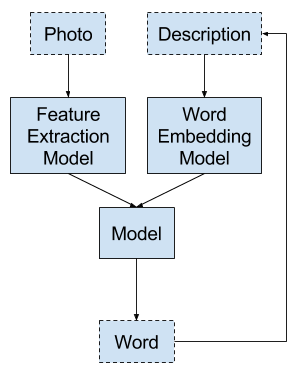How to Prepare Univariate Time Series Data for Long Short-Term Memory Networks
Last Updated on August 5, 2019 It can be hard to prepare data when you’re just getting started with deep learning. Long Short-Term Memory, or LSTM, recurrent neural networks expect three-dimensional input in the Keras Python deep learning library. If you have a long sequence of thousands of observations in your time series data, you must split your time series into samples and then reshape it for your LSTM model. In this tutorial, you will discover exactly how to prepare […]
Read more








